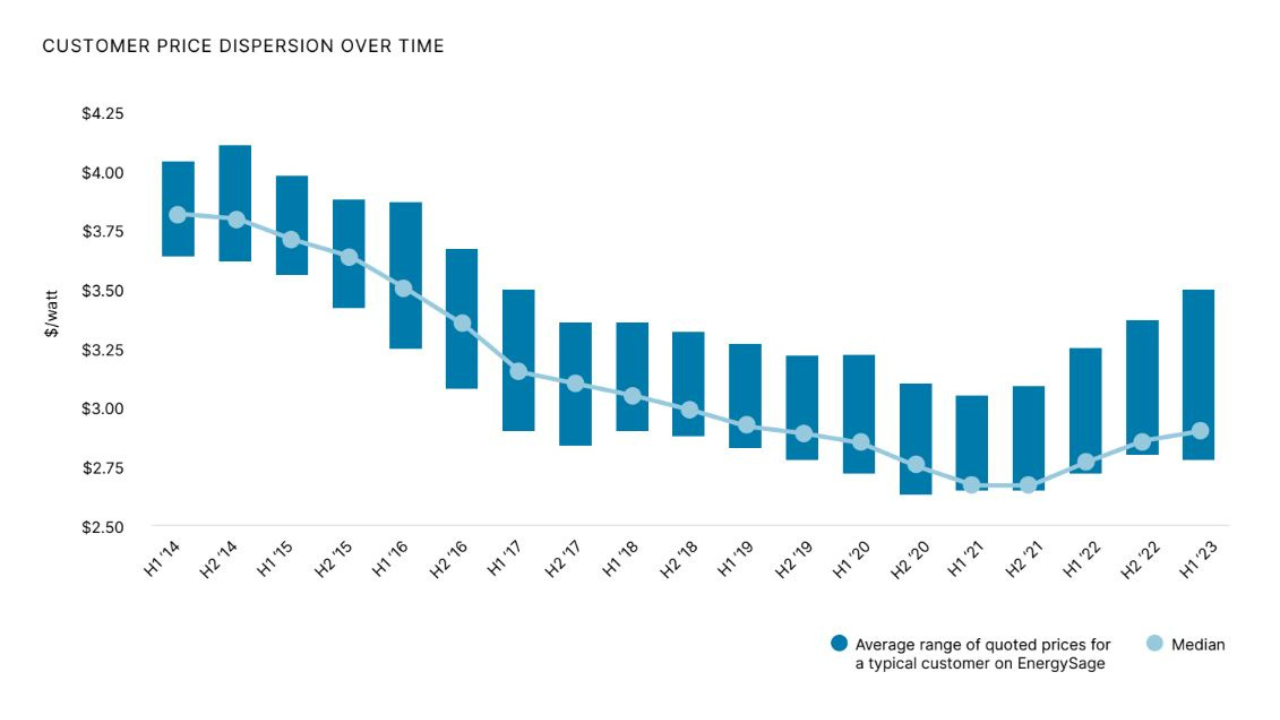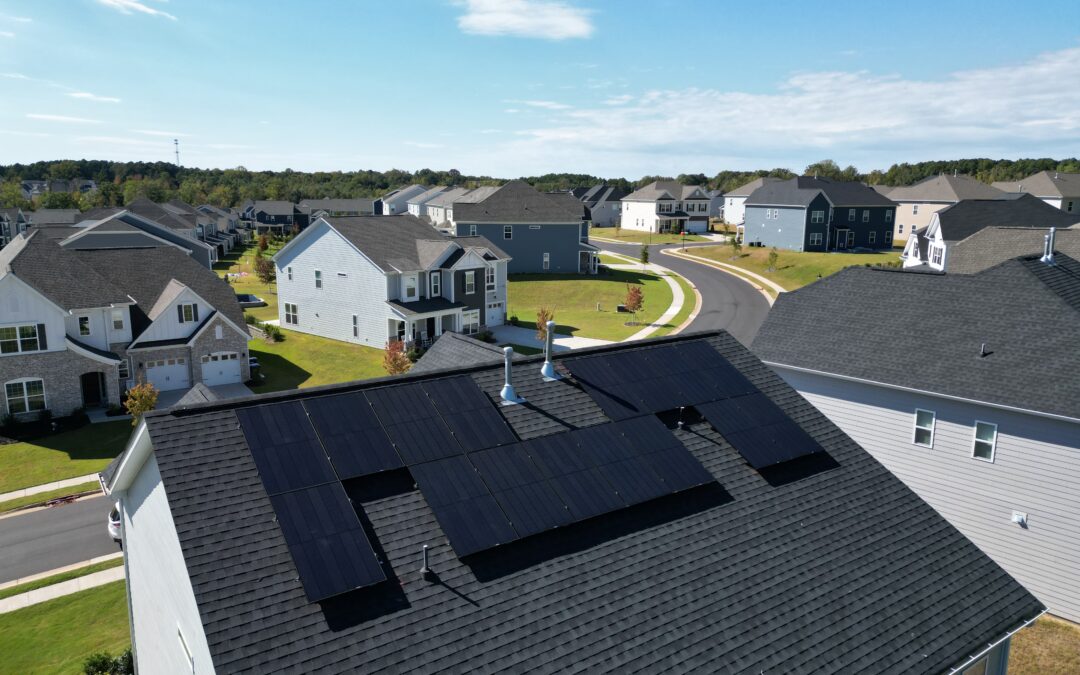Overview
When Duke Energy North Carolina approved changes to their net metering policy back in March 2023, potential solar energy customers had a limited time to decide on a system before the changes kicked in on October 1, 2023. Once these customers signed a contract, they were able to apply for interconnection with Duke Energy North Carolina’s 1:1 legacy net metering program. Today, new customers receive the option of a modified net metering program called time-of-use (TOU) or enter a bridge NEM program.
TOU
With time-of-use net metering, Duke Energy North Carolina rates are based on the demand of energy at specific times. Peak energy rates are determined based on what time of day it is, what day it is, and what time of year it is. For example, energy rates may be higher in the summer during evening hours when people are getting home from work. Prices customers pay changes as demand for energy changes. Solar paired with a battery is an excellent combination to take advantage of time-of-use rates, allowing for charging at less expensive rates and discharging at the more expensive rates. TOU won’t entirely take over until January 1, 2027. In the meantime, new solar customers receive a Bridge Rate net metering program.
Bridge Rate
Duke Energy North Carolina’s Bridge Rate is available for new customers for a 5 year duration until January 1, 2027. This rate allows customers to opt in for a hybrid net metering program that mixes aspects of the legacy net metering rate and the TOU rate. Now, new customers won’t immediately receive credits based on time-of-use, however, they are able to ease their way into the change for the next 5 years.
Since the legacy net metering program is a part of the Bridge Rate, new customers receive 1:1 credits for their energy sent back to the grid, and those credits are applied to the customers utility bill. These credits help customers save on their utility bill by applying the credits towards new energy charges.
Lower Prices
Ever since the early 2010’s the median customer price dispersion overtime has decreased for a solar system. The graph from EnergySage below shows the median quoted prices a typical customer sees $/watt on a solar energy system. As the graph shows, there has been a significant decrease in price dispersion since 2014. With the supply of solar components being at a high for 2023, price dispersion is expected to decrease, meaning less expensive solar systems for new customers.

Image courtesy of EnergySage
Conclusion
As the sun sets for 1:1 net metering in North Carolina, customers now receive a Bridge Rate for 5 years before fully committing to time-of-use net metering. Now that Duke Energy North Carolina will start adjusting rates for peak hours, energy independence is more enticing than ever. Potential customers can expect a less expensive $/watt cost since component supplies are up. Of course we can’t predict policy changes for utility companies, but what we can do is lock in rates before they change again.

